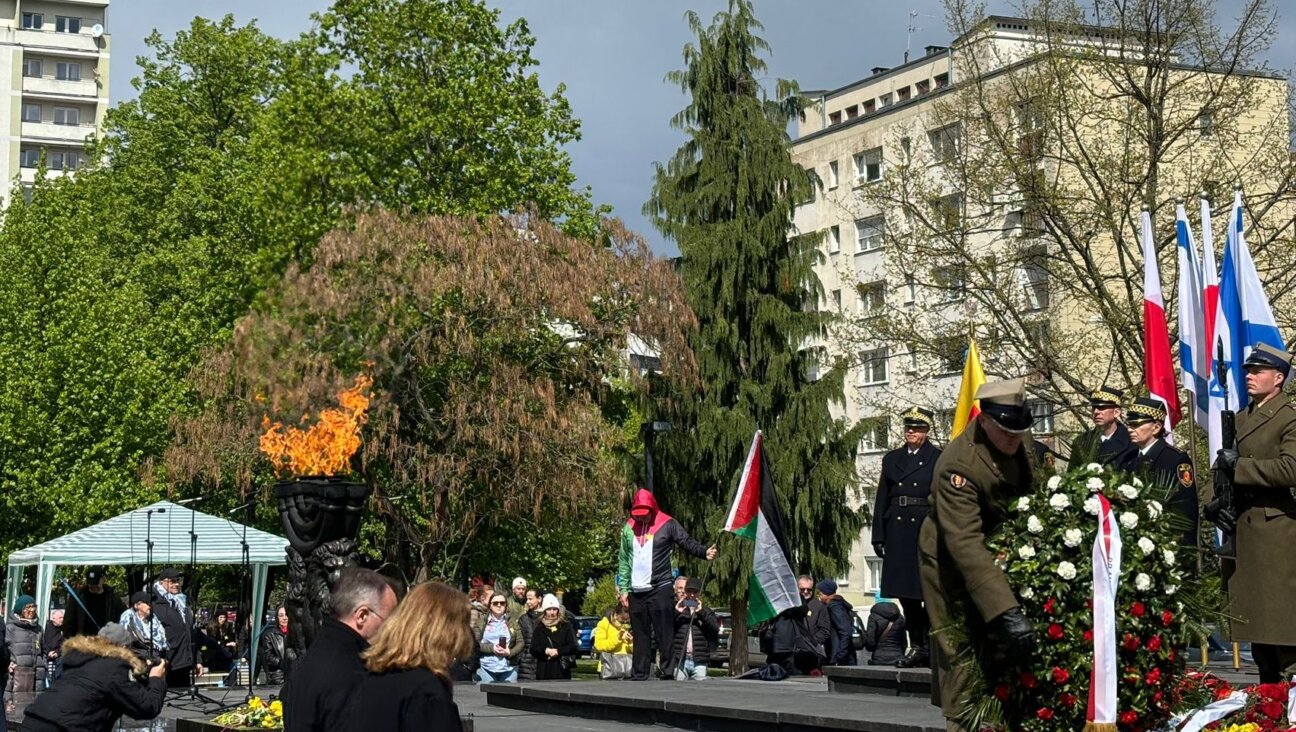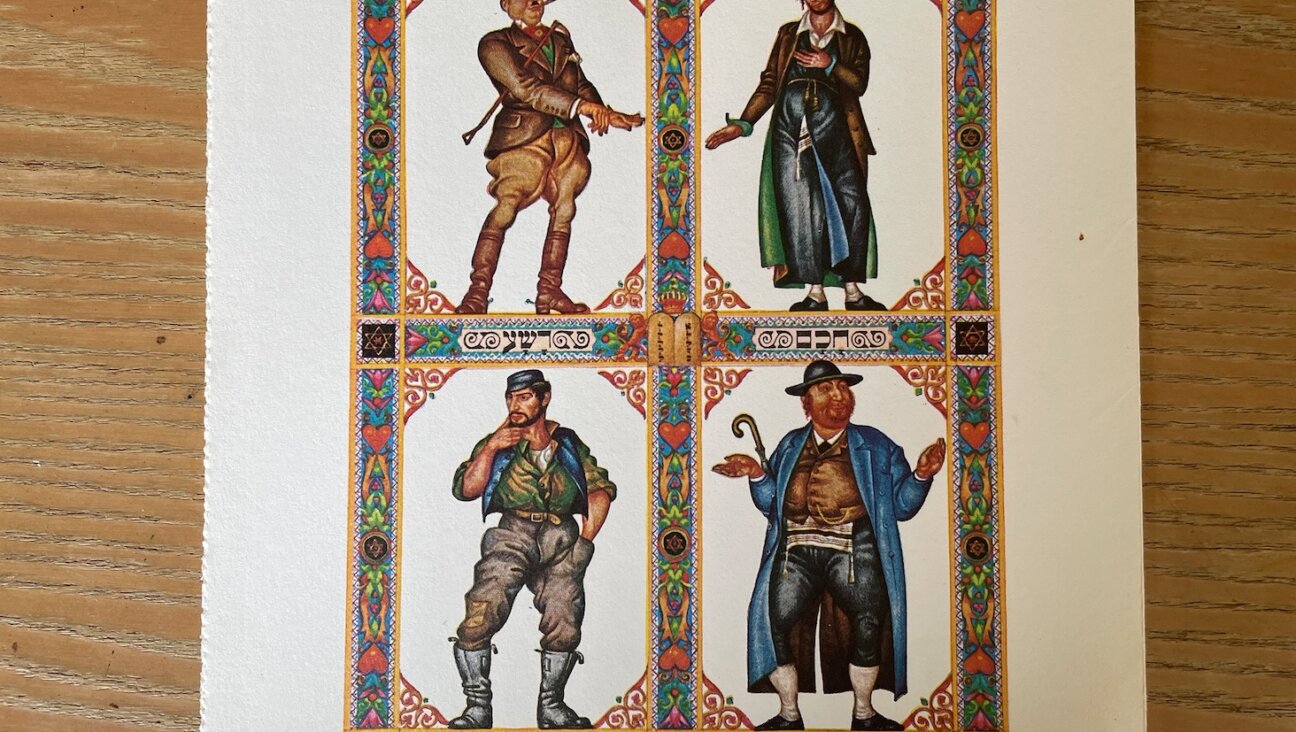Nazi Refuge Discovered By Archeologists in Argentina
A team of archeologists and researchers discovered what they believe was a refuge for Nazis in an Argentinian forest, near the border with Paraguay.
It is believed that the Nazis prepared the hideout during the first half of the 1940s as a place to flee to should World War II not go in their favor, but that they did not use the jungle refuge.
The director of the Urban Archeology Center of the Buenos Aires University, Daniel Schavelzon, is leading the investigative team that is currently working at Misiones National Park in Teyu Cuare, a province in the northeastern cone of Argentina. The archeologist discovered German coins minted between 1938 and 1941, and porcelain dishes made by the German Meissen Company between 1890 and 1949.
“We found here an extraordinary type of construction, rare,” Schavelzon told Argentina’s Clarin newspaper. “We have not yet reached a final conclusion, but our first explanation, or idea, is that we have found a refuge for the Nazi hierarchy. The building is very exceptional, with objects and characteristics of building that are not from the region.”
Supporting the theory, is the fact that the walls of the hideout were 10 feet thick and it was located in an absolutely inaccessible location, explained Schavelzon, who also is a researcher on the National Scientific and Technical Research Council, or CONICET.
In a video interview from the excavations Schavelzon said he rejects the theory that Nazi official Martin Borman, who served as Adolf Hitler’s private secretary, had lived there. He explain that they found just a very few objects that fell there during a short period of time during the construction of the site.
When the Nazis did enter Argentina, they reportedly did so with the blessing of Argentine President Juan Peron and thus did not need the hiding places and the plans to spirit them there.
“We think that we found a huge refuge that ultimately they didn’t use,” said Schavelzon.
Misiones province is located on the frontier between Argentina and Paraguay, which is populated by a large number of European immigrants. In 1940 Misiones has a population of 190.000, 80.000 of them immigrants and 14.000 from Germany,
“It is very interesting scientific research and we believe that full transparency is crucial to understanding the scope of the Nazi presence in Argentina and South America. I believe that the enthusiasm should be balanced with a professional approach, which seems to be the case. It is important to note that Schavelzon makes clear that no secret hiding plans were needed in Argentina, since the protection of the Nazis was out in the open,” Sergio Widder the Simon Wiesenthal Center’s director for Latin America told JTA.
“In no way does this diminish the hypothesis that the Nazis prepared secret hiding places. We encourage these investigations to continue, as we believe that full transparency and the search for truth is vital to strengthen any democratic society,” Widder said.

I hope you appreciated this article. Before you go, I’d like to ask you to please support the Forward’s award-winning journalism this Passover.
In this age of misinformation, our work is needed like never before. We report on the news that matters most to American Jews, driven by truth, not ideology.
At a time when newsrooms are closing or cutting back, the Forward has removed its paywall. That means for the first time in our 126-year history, Forward journalism is free to everyone, everywhere. With an ongoing war, rising antisemitism, and a flood of disinformation that may affect the upcoming election, we believe that free and open access to Jewish journalism is imperative.
Readers like you make it all possible. Right now, we’re in the middle of our Passover Pledge Drive and we still need 300 people to step up and make a gift to sustain our trustworthy, independent journalism.
Make a gift of any size and become a Forward member today. You’ll support our mission to tell the American Jewish story fully and fairly.
— Rachel Fishman Feddersen, Publisher and CEO
Join our mission to tell the Jewish story fully and fairly.
Only 300 more gifts needed by April 30
























